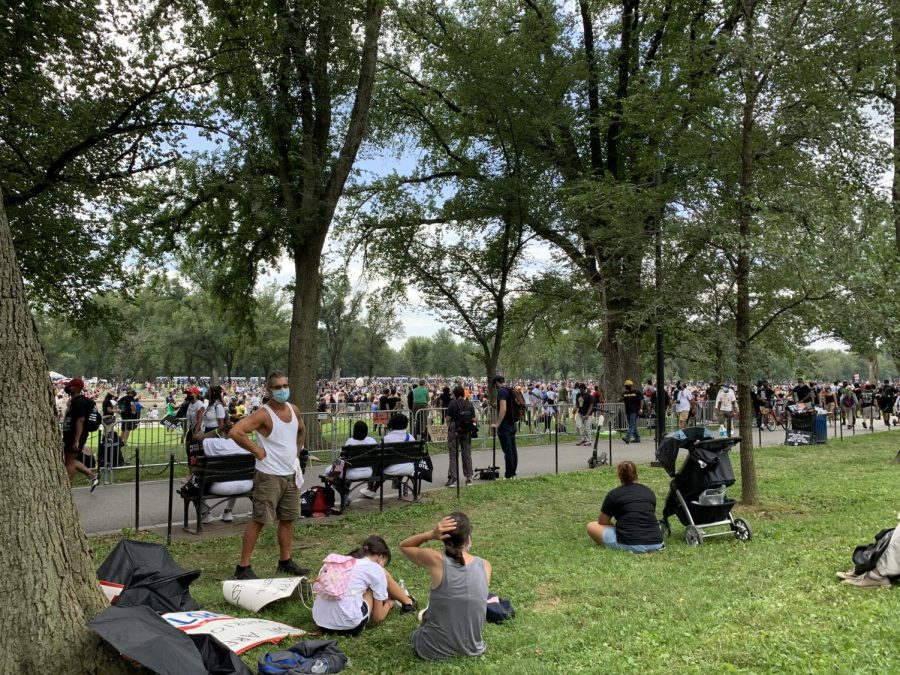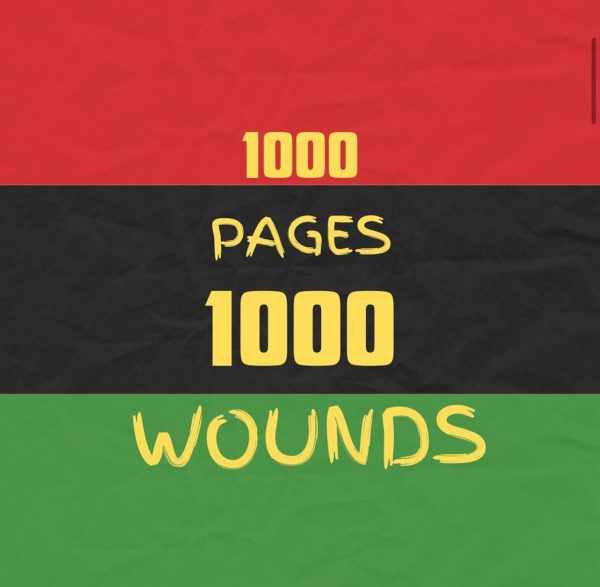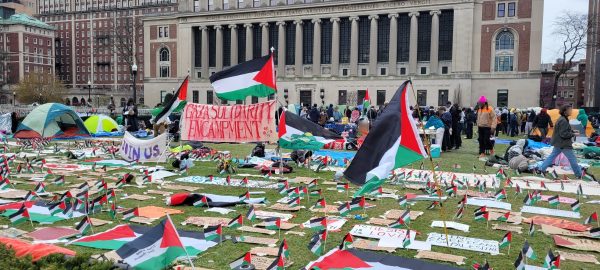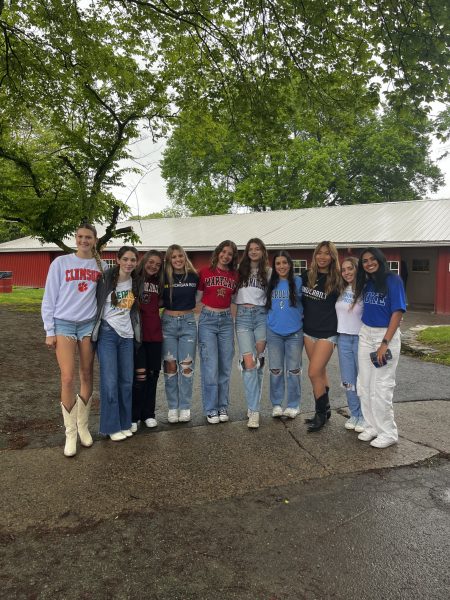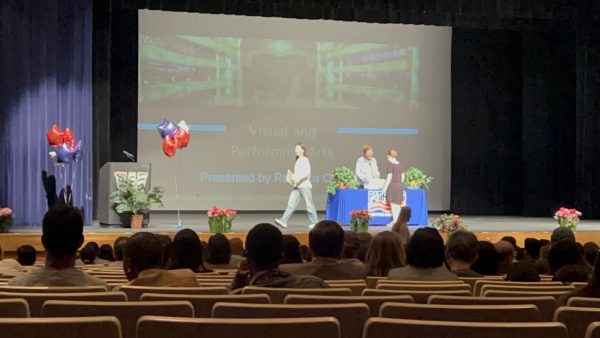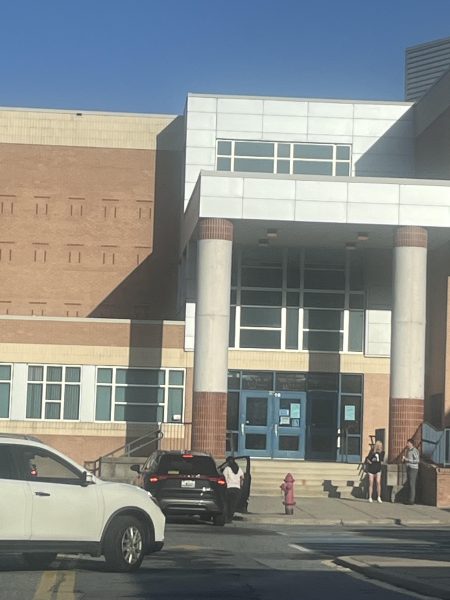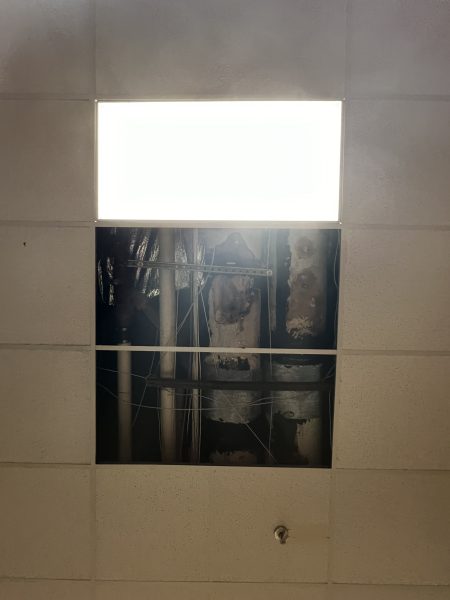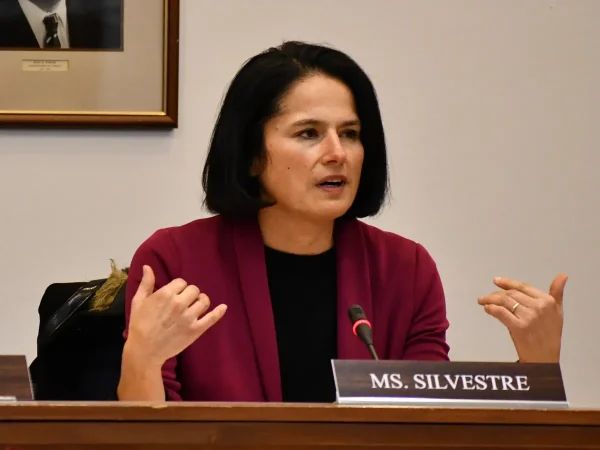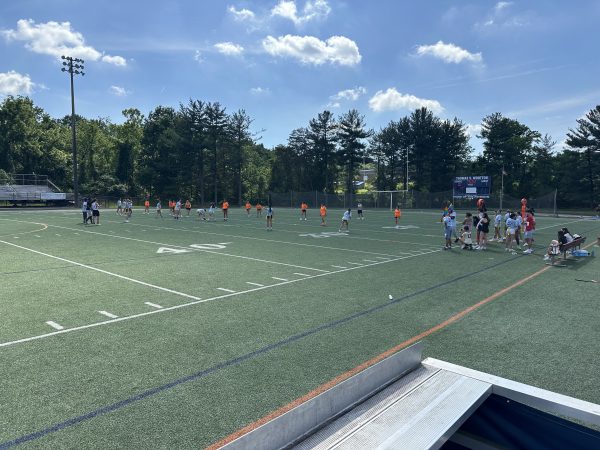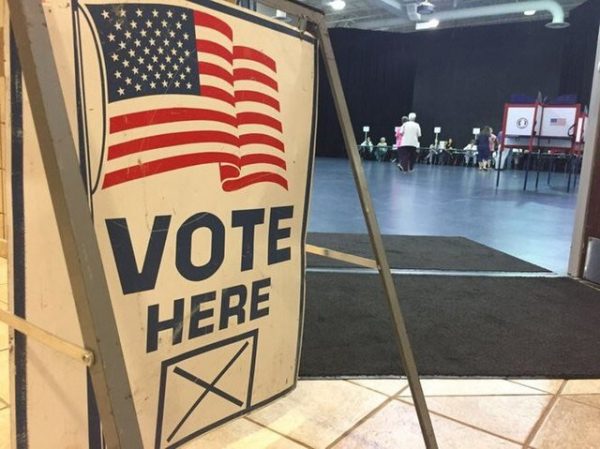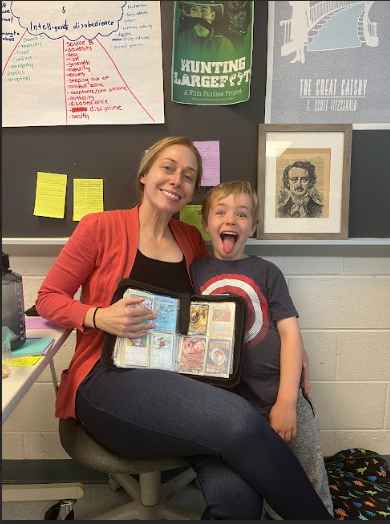Thousands attend second March on Washington amid resurgence of civil rights movement
Thousands of protestors gather by the reflecting pool at the steps of the Lincoln Memorial in Washington DC to hear speakers and to march during the fight against police brutality and systemic injustice against black people on Aug. 28. Photo by Nicolas DePalma.
The recent (and not so recent) deaths of black people from hate crimes and police violence, such as Breonna Taylor, Ahmaud Arbery, Jacob Blake, George Floyd, Elijah McClain, and more, have gained widespread publicity and sparked a rejuvenation of the Civil Rights Movement that began in the 1960s. Several parallels can be drawn between the ‘60s movement, which saw the passage of the Civil Rights Acts, and the current day. For example, protestors gathered at the steps of the Lincoln Memorial on Aug. 28 for the second ever March on Washington, 60 years after its predecessor.
This March on Washington saw a multitude of important speakers, such as Martin Luther King III and his daughter Yolanda Renee King, the mother of Trayvon Martin, the mother of Breonna Taylor, the family of George Floyd, and a video appearance from vice-presidential candidate, Kamala Harris.
The day was warm and the air hung heavy with grief, anger, and passion. Speakers demanded systemic and legal change to the criminal justice system and the police system of the United States. They encouraged those who attended not to forget the dream of Martin Luther King Jr. that America will one day be a nation of equality and justice, and said that his dream has not yet been achieved.
“I think the march on Washington did an amazing job of visually representing the power of the Black Lives Matter movement. In the past, the issue with the movement’s efficacy came from it being primarily social media-based. Physical protests and marches in the current resurgence of the movement that show power in numbers standing in support of an idea are incredibly valuable to the movement and for demanding more radical reform and abolition,” senior and president of the Activists Club Aashna Singh said.
Views toward protests centralized around the Black Lives Matter movement are often mixed, possibly due to the blurring reports of these protests by the mainstream media, who have unfairly presented them as mostly dangerous and destructive.
On one side, these protests give people hope and fuel their passion to fight against police brutality and to advocate for reform, similar to the protests held in the ‘60s. They also bring change, as can be seen in Minneapolis, where the local government has vowed to abolish their police institution and replace it with more community-centered services.
“I think the Aug. 28 March on Washington was an amazing way to connect past and present by reminding people minorities are still fighting the oppression we did hundreds of years ago. I think by connecting the legacy of the March on Washington, it shows the protestors’ and nation’s determination for policy reform,” junior Nuha Talukder said.
However, on another side there are those who see these protests and those who attend them as radical and dangerous in their entirety. This view is not founded on reality, though.
“About 93 percent of the racial-justice protests that swept the United States this summer remained peaceful and nondestructive, according to a report released Thursday, with the violence and property damage that has dominated political discourse constituting only a minute portion of the thousands of demonstrations that followed the killing of George Floyd in May,” the Washington Post’s Tim Craig said.
Though these protests and marches have already propelled lawmakers toward making change, the movement is showing no sign of dissipating while the fight against systemic racism in America continues.
Your donation will support the student journalists of Thomas S. Wootton High School. Your contribution will allow us to purchase equipment and cover our annual website hosting costs.
Nico DePalma is a 2022 graduate. In his free time, he enjoys playing guitar, cooking, and spending time with friends. You can contact him @nicodepalmaa...


